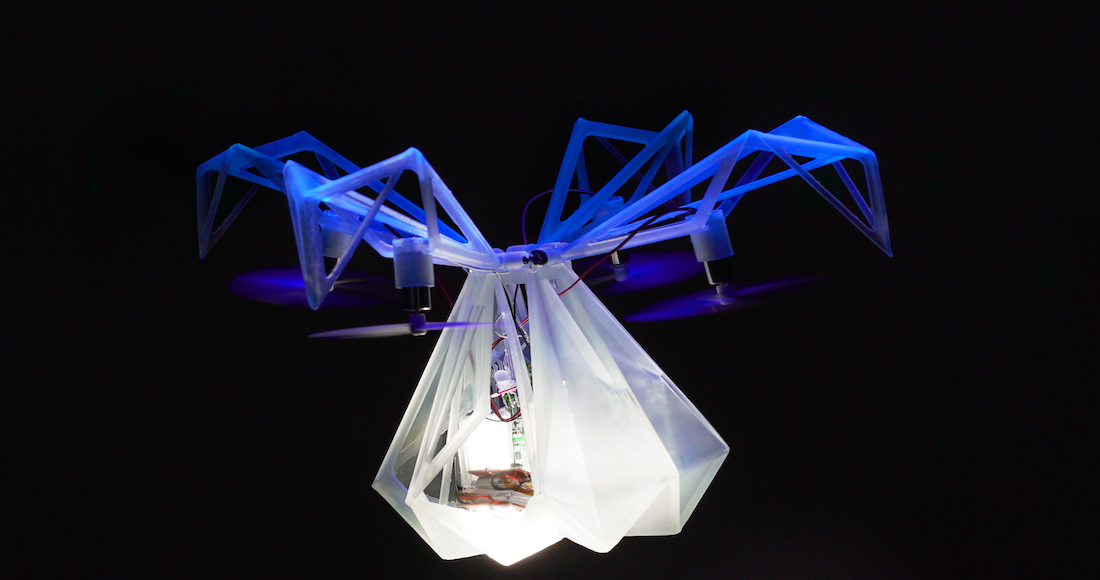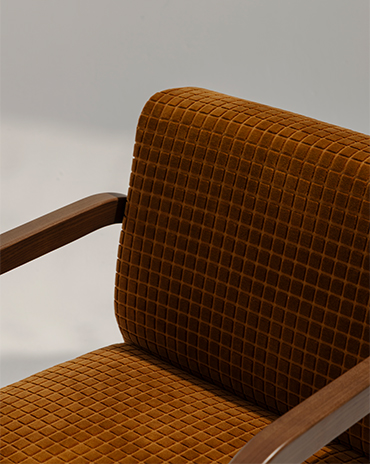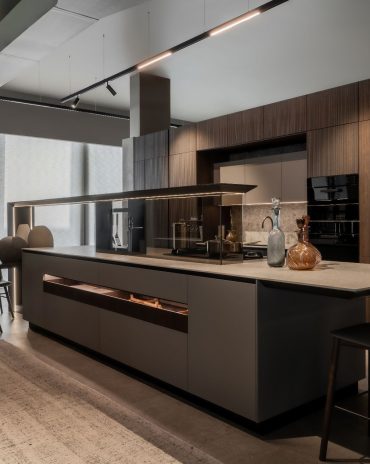Copyright © 2025 Motivate Media Group. All rights reserved.
Gen NOW: The Global Grad Show
Curator Brendan McGetrick answers 5 questions.

Once again, we were thrilled to see The Global Grad Show at Dubai Design Week.
This internationally recognised platform values innovation that transcends technology and exists independent of wealth; equality without hierarchy amongst universities, regions and designers; universal design open to all types of projects; and impact on the world at large through solutions to some of the world’s most pressing problems. With more than 1000 submissions, double the number received last year, Global Grad Show 2018 will showcase 150 selected projects from 100 of world’s top universities and emerging programmes.
The Curator of the 2018 show, Brendan McGetrick, took some time to answer five questions for id. Enjoy – and then take a spin through the slideshow to get a glimpse of theory in action!
What was your process when curating this year’s show?
There are four main principals that we follow and when it comes to selecting the projects for Global Grad Show. These include universal design innovation, how that transcends into technology and how the projects impact the wider world. To us, design and groundbreaking ideas are universal so equality is at the forefront of our minds when selecting the projects – we ensure that hierarchy amongst universities, regions and designers doesn’t affect which projects are included in the exhibition.
What was your biggest challenge?
The biggest challenge was making the selection because we had 1,000 submissions and we only had 150 places. Making the selection with so many possibilities and wanting it to be diverse and representative of all the things that are happening around the world, was the biggest challenge.
What surprised you the most?
My surprise this year is how many projects are really critical of technology and trying to show how ew can liberate ourselves from technology and also, quite frankly, protect ourselves from technology. I think that’s maybe what’s not expected of young people, but it’s obviously something they are very concerned about.
What have these projects taught you about the next generation of design?
Every year, Global Grad Show selects projects based on their power to accelerate change and improve lives. The major global trends that are being tackled this year include; climate change, medical breakthroughs, ageing populations, low tech solutions, design for disability, community and smart cities.
It’s interesting to see how some of the world’s brightest young minds and the next generation of design talent are identifying and responding to a range of potentially disastrous issues, and presenting innovative solutions to these problems.
These projects are from every corner of the globe. What do they all have in common?
Climate Change is a big trend this year for our young designers, but what’s interesting is that the projects are not about preventing Climate Change, but are solutions for when it actually happens.
Another trend that is prevalent this year is technology and the recognition across the world that technology isn’t necessarily good for you. We acknowledge that technology having a negative effect on our relationships and how we deal with people, as well as our health.
Similarly with the emergence of Artificial Intelligence (A.I.), there are some positive benefits to using this new technology, but also some frightening negatives. There are multiple projects and solutions in this year’s show that address this; for example protecting an individual’s identity and making it clear to people when A.I. is involved, what sort of decisions it’s making about you and how it’s assessing your behaviour, whether that be when applying for a school or a job.
For visitors to the Global Grad Show, it offers a real insight into the world issues these graduates are dedicated to solving, including what people should be really concerned about and how design is a practical solution to complicated issues.
http://www.globalgradshow.com/
The Latest
A New Standard in Coastal Luxury
La Perla redefines seaside living with hand-crafted interiors and timeless architecture
Things to Covet
Here are some stunning, locally designed products that have caught our eye
An Urban Wadi
Designed by Dutch architects Mecanoo, this new museum’s design echoes natural rock formations
Studio 971 Relaunches Its Sheikh Zayed Showroom
The showroom reopens as a refined, contemporary destination celebrating Italian craftsmanship, innovation, and timeless design.
Making Space
This book reclaims the narrative of women in interior design
How Eywa’s design execution is both challenging and exceptional
Mihir Sanganee, Chief Strategy Officer and Co-Founder at Designsmith shares the journey behind shaping the interior fitout of this regenerative design project
Design Take: MEI by 4SPACE
Where heritage meets modern design.
The Choreographer of Letters
Taking place at the Bassam Freiha Art Foundation until 25 January 2026, this landmark exhibition features Nja Mahdaoui, one of the most influential figures in Arab modern art
A Home Away from Home
This home, designed by Blush International at the Atlantis The Royal Residences, perfectly balances practicality and beauty
Design Take: China Tang Dubai
Heritage aesthetics redefined through scale, texture, and vision.
Dubai Design Week: A Retrospective
The identity team were actively involved in Dubai Design Week and Downtown Design, capturing collaborations and taking part in key dialogues with the industry. Here’s an overview.
Highlights of Cairo Design Week 2025
Art, architecture, and culture shaped up this year's Cairo Design Week.
















